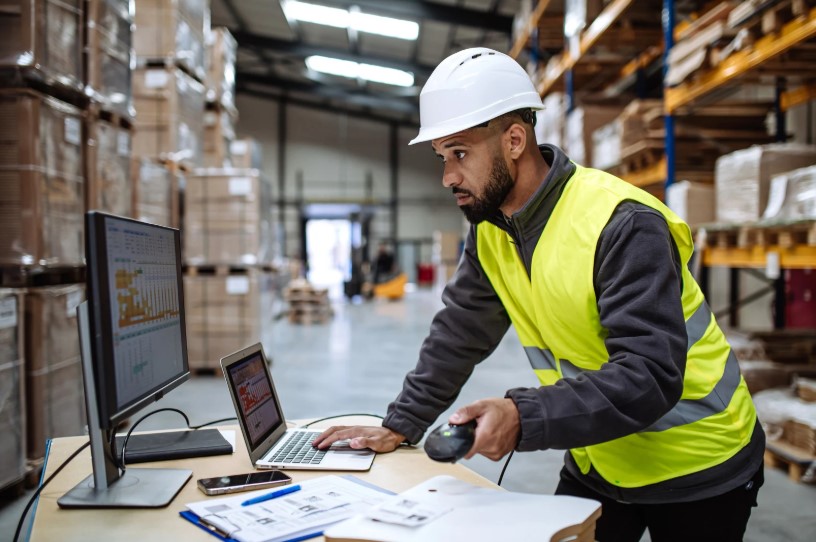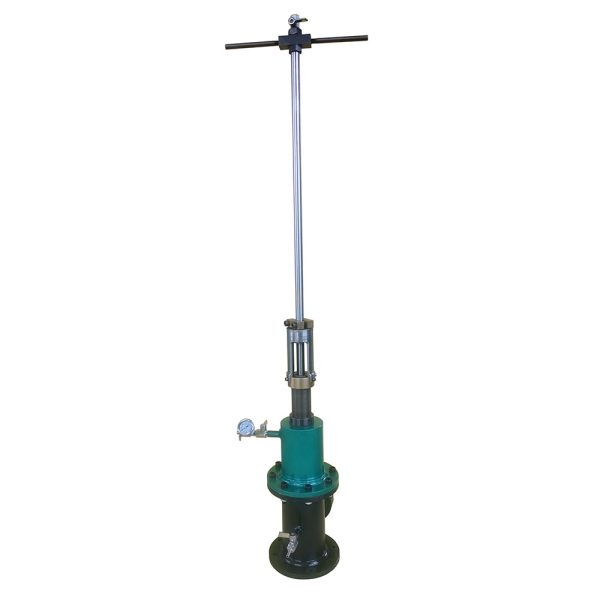Safety is critical when working in hazardous industrial settings where flammable gases, dust, and explosive atmospheres are present. Atlas Technologies Corporation specializes in delivering reliable, certified solutions designed to ensure safety in the toughest environments. Companies operating in high-risk industries cannot rely on standard safety equipment; every system must be engineered to prevent accidents while maintaining operational efficiency. With globally recognized certifications such as ATEX, IECEx, FM, and UL, Atlas Technologies provides equipment and systems that meet stringent international safety standards while offering tailored solutions for diverse industrial requirements.
Understanding Hazardous Environments
Hazardous environments are areas where flammable materials or explosive atmospheres could be present. These zones are classified based on the frequency and duration of exposure to hazardous substances. Zone 0 represents areas where flammable gases or vapors are present continuously or for long periods, while Zone 1 indicates areas where these materials may be present occasionally. Zone 2 describes locations where hazardous substances are present infrequently and only for short durations.
Understanding these zones is crucial for selecting the right safety solutions. Misclassification or improper equipment can lead to catastrophic accidents, including fires and explosions. Safety in the toughest environments requires a combination of specialized equipment, proper installation, and adherence to strict safety standards.
Atlas Technologies’ Approach to Safety
Atlas Technologies Corporation takes a comprehensive approach to ensure safety in the toughest environments. The company provides a wide range of systems and equipment designed to operate safely under extreme conditions. All products are certified to meet international standards, including ATEX, IECEx, FM, and UL, which guarantees compliance and reliability across hazardous zones.
The company offers a variety of accessories and tailored solutions to meet the exact requirements of each client. Whether a facility requires a complete fire detection system, monitoring solutions, or individual components, Atlas Technologies ensures that every installation is designed to minimize risks and maximize operational safety.
Intrinsically Safe Fire Detection Explained
One of the core solutions offered by Atlas Technologies is intrinsically safe (I.S.) fire detection equipment. These systems are specifically engineered to operate safely within hazardous areas, preventing sparks or surface temperatures that could ignite flammable materials.
I.S. equipment functions by ensuring that electrical energy within the device cannot reach levels capable of triggering an explosion, even in the event of a fault. This makes it ideal for environments with flammable gases, vapors, or dust.
To further enhance safety, I.S. systems are used alongside zener barriers or galvanic isolators. These devices limit electrical energy entering the hazardous area through cabling, protecting both detectors and sounder circuits. By controlling energy flow, these solutions prevent ignition sources and ensure consistent, reliable operation.
Implementing intrinsically safe fire detection is a cornerstone of safety in the toughest environments, offering protection for personnel, equipment, and assets while ensuring compliance with international safety regulations.
Key Applications and Industries
Industries that require safety in the toughest environments include oil and gas, chemical processing, mining, and heavy manufacturing. In oil refineries, for example, flammable gases can be present continuously, making the use of certified I.S. fire detection equipment essential. Chemical plants often handle volatile substances that pose significant risks, and mining operations face hazards from explosive dust and confined spaces.
Atlas Technologies’ solutions are applied in both industrial and commercial settings, providing scalable systems for facilities of all sizes. Companies benefit from tailored solutions designed to meet their unique operational requirements while maintaining rigorous safety standards. Real-world use cases demonstrate the effectiveness of these systems in preventing accidents, reducing downtime, and ensuring compliance with regulatory authorities.
Benefits of Certified Safety Equipment
Using certified safety equipment from Atlas Technologies ensures that operations remain safe, efficient, and compliant. The key benefits include:
- Regulatory compliance: Equipment meets ATEX, IECEx, FM, and UL standards, providing confidence in legal and safety requirements.
- Personnel protection: Intrinsically safe systems reduce the risk of injury or fatality from fires or explosions.
- Asset protection: Reliable detection and monitoring prevent damage to expensive equipment and infrastructure.
- Operational efficiency: Minimizing downtime caused by accidents allows for uninterrupted production and reduced financial losses.
Implementing these systems is essential for companies operating in high-risk environments that demand continuous protection and monitoring.
Choosing the Right Safety Solutions
Selecting the appropriate safety solutions requires a thorough understanding of facility operations and hazards. Atlas Technologies evaluates client needs and recommends systems that provide maximum protection without compromising efficiency. Consultation and professional guidance are critical components of implementing effective safety in the toughest environments.
Proper installation, testing, and integration with existing systems ensure that fire detection and monitoring equipment performs reliably. Atlas Technologies works closely with clients to develop solutions tailored to each hazardous zone, including appropriate cabling, barriers, and isolators, ensuring a safe and compliant operation.
Future Trends in Hazardous Area Safety
Advancements in technology continue to improve safety in the toughest environments. Automation, IoT integration, and advanced analytics allow real-time monitoring of hazardous areas, predictive maintenance, and rapid response to potential threats. Smart systems enhance situational awareness and reduce human error, contributing to safer and more efficient operations.
Emerging innovations also focus on improving energy efficiency and environmental sustainability without compromising safety standards. As industries evolve, the role of certified intrinsically safe equipment remains central to maintaining operational integrity in high-risk environments.
Takeaway
Atlas Technologies Corporation provides reliable solutions that ensure safety in the toughest environments. With certified intrinsically safe equipment, tailored solutions, and expert consultation, companies can protect personnel, assets, and operations from fire and explosion risks. For industries handling flammable gases, dust, or explosive materials, investing in high-quality safety systems is not just a regulatory requirement but a critical component of operational success.
FAQ
What is intrinsically safe fire detection?
Intrinsically safe fire detection equipment is designed to operate in hazardous areas without producing sparks or heat capable of igniting flammable substances.
How do zener barriers and galvanic isolators work?
These devices limit the electrical energy entering a hazardous area, ensuring connected equipment cannot generate sparks or excessive heat, maintaining intrinsic safety.
Which industries require ATEX/IECEx certified equipment?
Industries such as oil and gas, chemical processing, mining, and heavy manufacturing rely on ATEX/IECEx certified systems to meet safety regulations and protect personnel.
Can Atlas Technologies retrofit existing systems for hazardous areas?
Yes, Atlas Technologies provides consultation and retrofitting services to upgrade existing systems for compliance with international safety standards.
How to ensure compliance with global safety standards?
Using certified equipment, proper installation, routine maintenance, and expert consultation are essential steps for maintaining compliance with ATEX, IECEx, FM, and UL standards.










